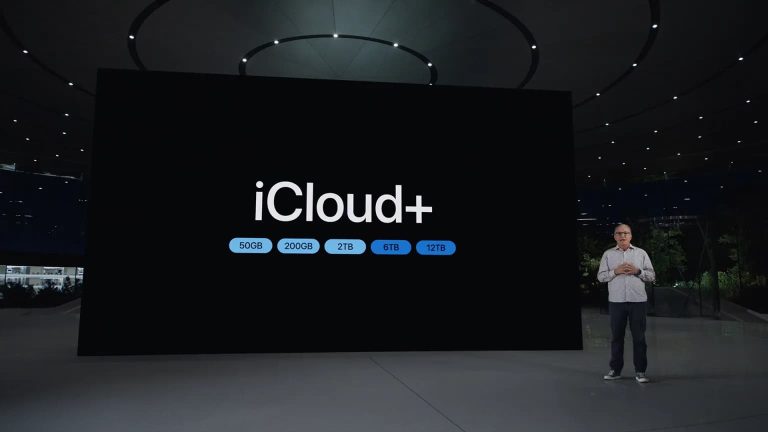Despite the fact that Microsoft is not generally recognized as a pioneer in any field today, no one can blame the company for being out of touch with emerging computing trends and technology. Microsoft Office 365, the company’s new cloud-based collaboration tool, seems to be a well-built competitor to Google Apps in terms of functionality. Microsoft’s Business Productivity Online Standards Suite has been available on the market for some time, and the current version demonstrates the company’s complete commitment to the advantages of cloud computing in Office 365 and other Microsoft products. Currently, in beta, Microsoft’s software as a service will bring together the online versions of its products for communication and collaboration in a single integrated solution that will need no upgrades.
What Is the Meaning of Data Integration Service?
It is programming that connects to a source system, extracts data, and transforms the data before incorporating the information into a target system, together with data from additional source systems, to provide a data integration service. Once the target system has been established, it may be utilized as a record (a single source of truth) for other applications and computer systems. In general, the major goal of data dynamics 365 integration services is to provide consolidated data sets that are clean and consistent, as well as to suit the information demands of various end-users within an organization.
The following are examples of data integration service strategies:
- Extract, Transform, and Load (ETL) is a process in which data is extracted and converted by a middleware ETL server before it is transported to the destination system
- Data Replication is the process through which changes to the source system are reproduced in real-time on the destination system.
- Subscription services (publish-subscribe) are used when downstream systems subscribe to a data integration service that will regularly update the destination system.
- Asynchronous programming interfaces (APIs) and web services are used to create a loosely linked architecture that can support numerous request/response-based data services at the same time.
Incorporating Data into Microsoft Dynamics 365 Applications
Getting information from Dynamics 365 Apps that are based on the Dataverse to Dynamics 365 Finance and Operations is not an easy operation. A number of new ideas must be introduced to Dynamics 365 Finance and Operations in order for it to be consistent with the concepts already present in the other Dynamics 365 applications. To do this, the out-of-the-box (OOB) Dataverse schema, plugins, and workflows will all need to be improved in order to scale up to the ERP size:
- Date affectivity is a new feature that allows you to define record validity between particular dates.
- The currency field has been expanded to allow for up to 10 decimal places of precision.
- Unit conversions have been introduced to quotations, invoices, orders, and goods, among other things.
- Notes and activities have been increased in order to better serve both customers and internal system users.
- Similar to how the notion of a Party, as well as its associated addresses, contact information, and contacts, is presented in Finance & Operations.
Dynamics 365 integration services are well-versed in all aspects of integration. The same level of expertise is shown whether it is for mobile integration or data integration. Implementations on-premises, as well as migration to cloud platform services, are both supported without difficulty here. In the changeover, there will be no interruptions in service to your customers.
Why System Integration Does Give Benefits?
System integration is an excellent method of alleviating pain spots in your company’s business activities. To improve your system and bring all of the moving elements together, we connect together multiple business systems and customize them using the Microsoft Dynamics 365 ERP Integration and Salesforce CRM apps.
Regardless of what is missing in your company, strong and methodical technologies available in the Microsoft Dynamics 365 ERP Integration as well as the Salesforce suite may be used and deployed as part of the dynamics 365 integration services process. Many times, a firm is in desperate need of a cost reporting system, expenditure management software, operational efficiency improvements, simplifying supply chain activities, and other functional components.
Through the use of advanced AI-driven insights, innovations, and workflows, system integrations may play a critical role in automating your organization and removing manual procedures and paperwork while also minimizing the participation of individuals.





